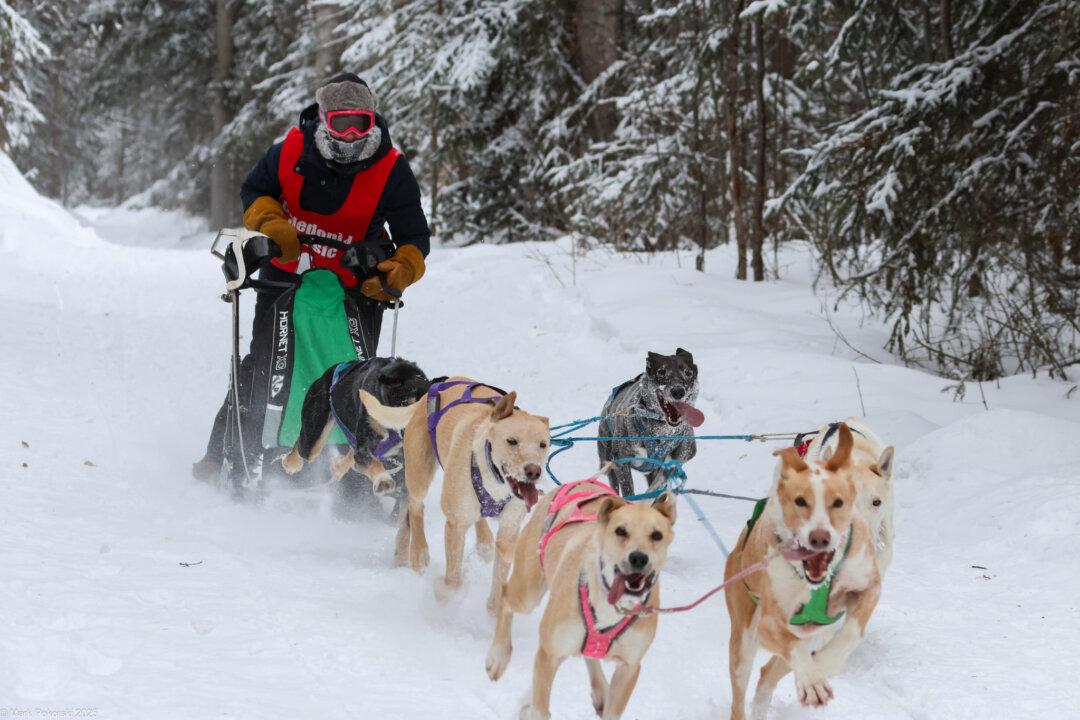This year is shaping up to be one of the worst on record for forest fires in Canada. From British Columbia to Nova Scotia, many provinces are dealing with higher-than-normal numbers of fires.
Fire officials say roughly 3.3 million hectares of forest have burned so far in 2023. That’s more than 10 times the 10-year average.





